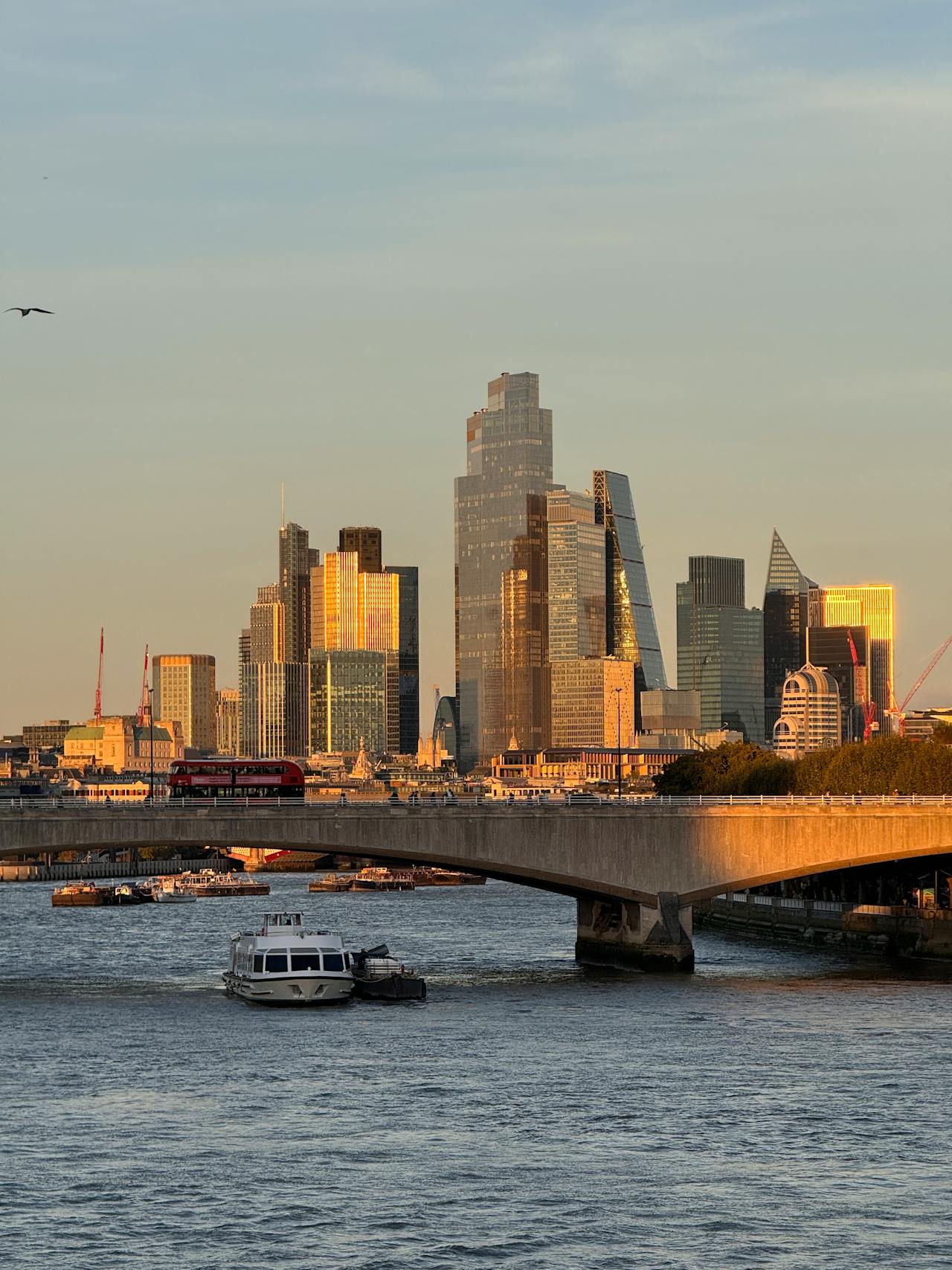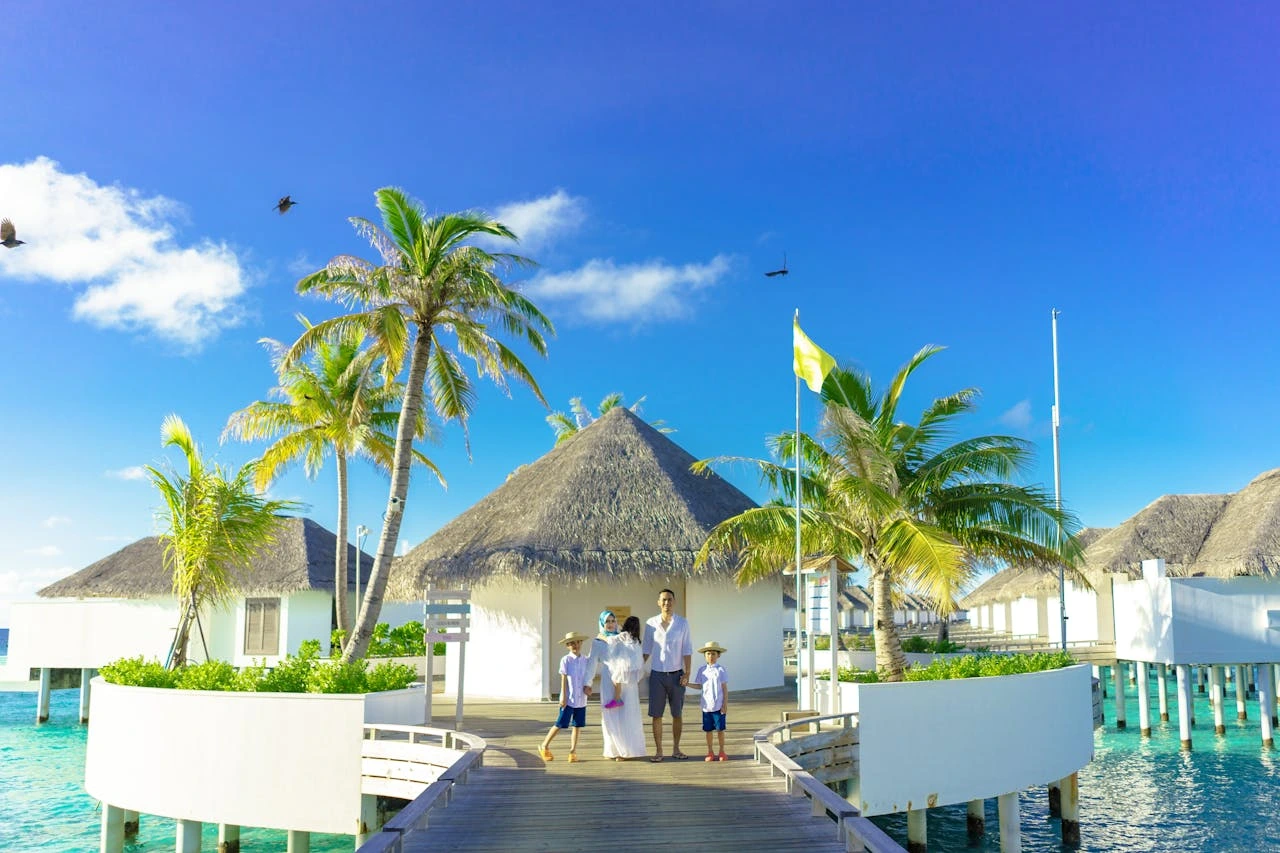Paris — Your Complete Guide: Best Time to Visit, Must-See Sights & a 5-Day Itinerary
By Paradise Team • Published on October 11, 2025
Travel Researcher & Writer
- Why Paris still deserves the top spot
- Best time to visit (weather, crowds, budgets)
- When to book flights & hotels
- Top 12 sights & experiences (can’t-miss)
- Where to stay (neighborhoods & hotel picks)
- 5-day itinerary (practical & flexible)
- Getting around
- Food, drink & dining strategy
- Budgeting (rough per-person estimates)
- Safety, health & practical tips
- Packing checklist (short)
- Booking hacks & loyalty tips
- Practical Booking Platforms for Europe Travel
- Final Thoughts: Ready to Explore Europe’s Top 10 Destinations?
- Related Blogs: Explore More Destinations and guides
- FAQ

TL;DR: Visit Paris in the shoulder seasons — April-June or September-October — for pleasant weather and fewer crowds. Book museums, Eiffel Tower time slots and top restaurants in advance. Use metro passes for easy city travel and consider a Paris City Pass for major attractions. (See practical booking windows below.)
Why Paris still deserves the top spot
Paris remains one of the most visited—and most loved—cities in the world. It blends world-class museums, timeless architecture, Michelin-star dining and people-watching that never gets old. Whether you're planning a romantic escape, cultural deep dive, or luxury shopping trip, Paris delivers. The official Paris tourist service has streamlined ticketing and passes and continues to promote new exhibits and city experiences for 2025-2026.
Best time to visit (weather, crowds, budgets)
For the best balance of weather, crowd size and prices, travel in the shoulder seasons: April–June and September–October. These months regularly appear on travel editor recommendations and visitor reports as the sweet spot for sightseeing with fewer crowds and comfortable temperatures. If you want the absolute lowest accommodation prices, winter (Dec–Feb) can be cheaper, though some outdoor experiences are limited.
When to book flights & hotels
Historical booking data for Europe suggests that many of the lowest average fares appear ~48 days or more before departure for Europe trips; setting price alerts and starting to track fares 2-6 months ahead of travel is recommended. For peak-summer travel or special events, start earlier (4-6 months). For hotels in peak season, book 3-6 months ahead for top properties or specific room types.
Top 12 sights & experiences (can’t-miss)
- Eiffel Tower: book timed-entry tickets, schedule at golden hour for photos.
- Louvre Museum: arrive early, reserve a timed slot and plan which wings to prioritize.
- Seine River cruise: evening cruises show Paris lit up and are an effortless romantic option.
- Notre-Dame precinct & Île de la Cité: walk the riverside and then explore Sainte-Chapelle.
- Montmartre & Sacré-Cœur: skyline viewpoints and artist quarter energy.
- Musée d'Orsay: Impressionist masterpieces in a converted Beaux-Arts station.
- Palace of Versailles (day trip): pre-book timed entry and allow a full day.
- Shopping on the Champs-Élysées / Rue du Faubourg Saint-Honoré for luxury boutiques.
- Food markets & boulangeries: Rue Cler, Marché d'Aligre, and La Bastille food stalls.
- Cabaret evening: classic experience (Moulin Rouge / modern alternatives) — book ahead.
- Hidden gems: covered passages (Passages Couverts), quiet Luxembourg Gardens, Canal Saint-Martin strolls.
- Food tasting: reserve a pastry crawl or market + cooking class to bring home skills, not just photos.
Where to stay (neighborhoods & hotel picks)
Paris neighborhoods vary by mood and convenience:
- 1st / 2nd (Louvre / Palais Royal): central, walkable to many attractions — ideal for first-time visitors.
- Marais (3rd/4th): stylish boutiques, Jewish Quarter, great nightlife and cafés.
- Saint-Germain (6th): classic Parisian cafés and quieter streets — great for food lovers.
- Montmartre (18th): artistic vibe and views — slightly up the hill but charming.
- 7th (Eiffel area): postcard views but pricier; excellent for a splurge stay near the Tower.
Luxury picks: if you want 5-star service and classic Paris glamour, consider historic hotels near the Seine and Rue Saint-Honoré (e.g., Le Meurice, The Peninsula) . Budget & boutique: Marais and Latin Quarter hide stylish small hotels/guesthouses ideal for longer stays and lower nightly rates.
5-day itinerary (practical & flexible)
This itinerary balances big sights and slow Parisian afternoons — adapt by interest and pace.
Day 1 — Classic Paris
- Morning: Louvre (reserve timed entry)
- Lunch: Seine-side café
- Afternoon: Walk to Île de la Cité, Sainte-Chapelle
- Evening: Seine river cruise at sunset
Day 2 — Eiffel & Champs-Élysées
- Morning: Eiffel Tower (book ahead)
- Afternoon: Champs-Élysées, Arc de Triomphe
- Evening: Bistro dinner in 7th arrondissement
Day 3 — Montmartre & Art
- Morning: Montmartre + Sacré-Cœur
- Afternoon: Musée d'Orsay
- Evening: Jazz bar or cabaret
Day 4 — Palace of Versailles (day trip)
- Reserve a full-day ticket, include gardens and Trianon palaces
Day 5 — Markets & neighborhoods
- Morning: Rue Cler or Marché d'Aligre market visit
- Afternoon: Explore Marais boutiques + Jewish Quarter
- Evening: Final Parisian dinner and late stroll
Getting around
Paris has one of the best metro systems in Europe: fast, frequent and cost-effective. For shorter stays, single tickets or a carnet may suffice; for multi-day stays consider a Paris Visite pass if you will travel extensively. Taxis and rideshare are convenient late at night but factor into budgets. The city is also highly walkable for central neighborhoods. Official tourist information sites provide up-to-date transit tools and passes.
Food, drink & dining strategy
Balance Michelin splurges with neighborhood bistros. For cheaper high-quality meals, try prix-fixe lunch menus (fixed-price lunch is common at many eateries). Don’t skip bakeries for morning pastries and local markets for picnic supplies.
Budgeting in Paris (Rough per-person daily estimates)

- Budget traveler: €80–€140 / day (hostel/hotel B&B, public transport, casual meals). Average daily expenses can be around €99. Accommodation often involves hostels or basic hotels costing €30–60 per night, meals are typically €30–40, and transportation costs around €4–5 per day. Options like self-cooked hostel meals (€10) or inexpensive bistro meals (€14.50-€18) are available.
- Mid-range: €180–€350 / day (3–4 hotels, restaurants, some paid tours). An average daily expense is about €265. This often includes stays in 3-star hotels (typically €150–250 per night), dining in casual restaurants (€8–€35 per meal), and incorporating activities like museum visits and tours.
- Luxury Travel: €450+ / day (5* hotels, fine dining, private tours). Daily expenses can be €750 or more. This category features upscale hotels, fine dining experiences like Le Cinq or Sphère, chauffeur services, and private excursions.
In Paris, daily per-person cost estimates generally align with the provided ranges, but specific figures can vary based on travel style and timing .
| Travel Style | Daily Estimate | Typical Costs and Details |
|---|---|---|
| Budget Traveler | €80–€140 / day |
|
| Mid-range | €180–€350 / day |
|
| Luxury | €450+ / day |
|
Tips for Managing Costs
- Shoulder Seasons: Visit during April–May or September–October for potentially lower hotel rates (up to 60% cheaper).
- Off-Season: January–March and mid-November to mid-December generally offer the cheapest prices.
- Accommodation: Consider areas outside the central arrondissements for potentially better deals.
- Dining: Look for cheaper lunch deals at restaurants during the week.
- Transportation: Consider a Navigo Liberté+ pass or the Paris Visite pass for savings on public transport.
- Activities: Take advantage of free attractions, such as parks, or free museum entry on the first Sunday of the month.
Safety, health & practical tips
- Pickpocketing: be cautious in crowded tourist spots and on metro lines.
- Cash vs Card: cards are widely accepted but keep small cash for market stalls and tips.
- Language: learning key French phrases improves service interactions; English is common in tourism areas but less so in local neighborhoods.
Packing checklist (short)
- Comfortable walking shoes
- Weather layer (spring/fall variable)
- Universal adapter & power bank
- Copies of bookings and passport
Booking hacks & loyalty tips
Use price alerts on Google Flights or Expedia and other trackers; watch for hotel soft-opening offers and sign up to hotel loyalty programs for member-only rates. If you use points, consider flexible travel cards that transfer to European airline or hotel partners. If private aviation is part of your audience, empty-leg private jet bookings sometimes reduce private jet prices significantly—savings vary and require flexibility.
Final tips
Plan museum tickets and top-restaurant reservations early, prioritize the handful of experiences that matter to you, and leave time to wander. Paris rewards both planning and slow discovery.




